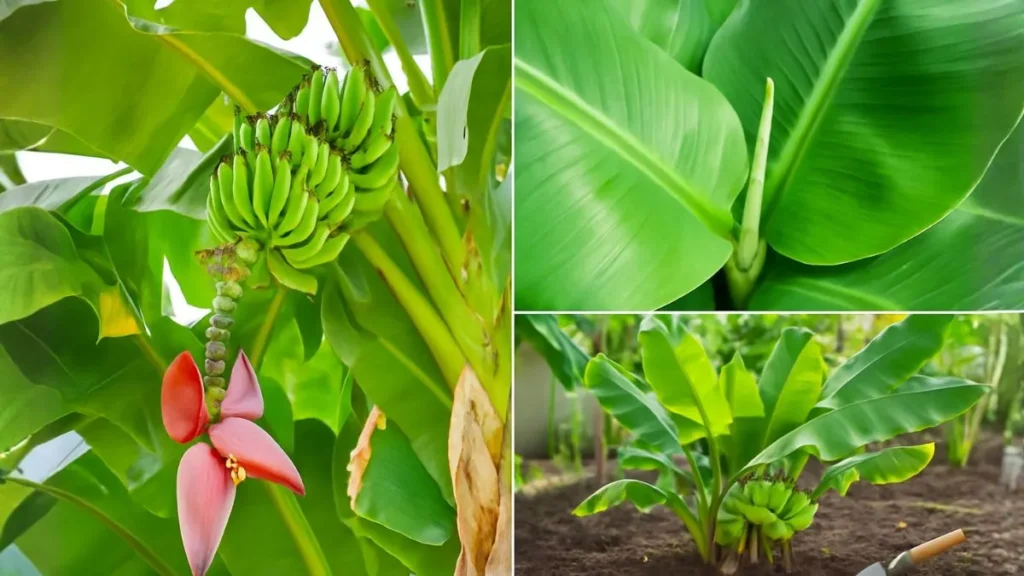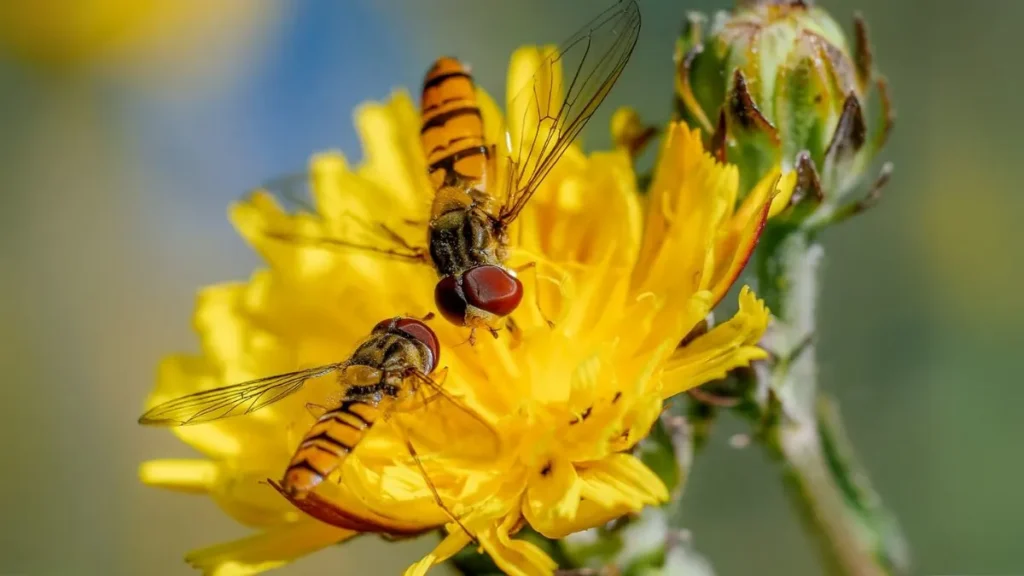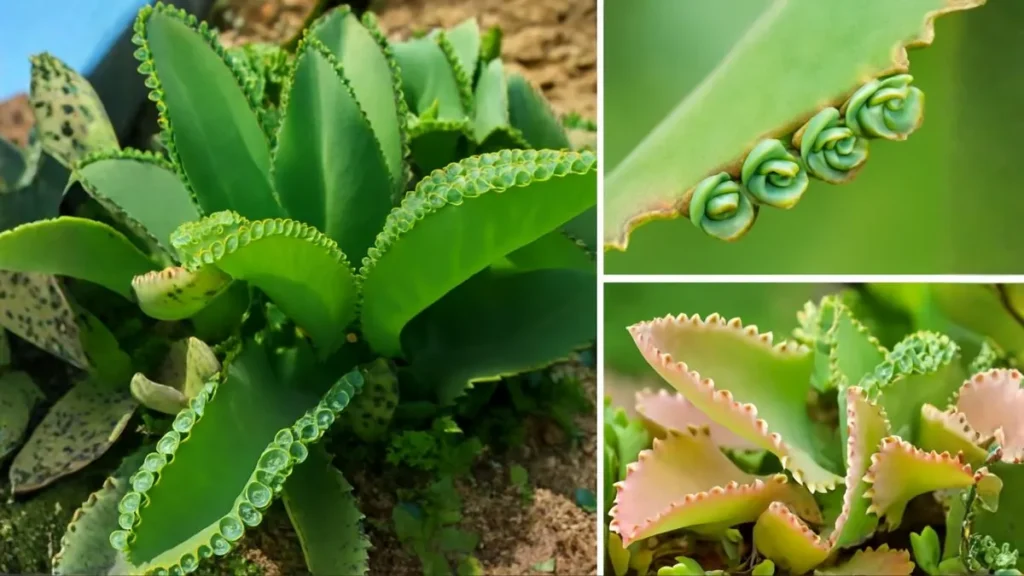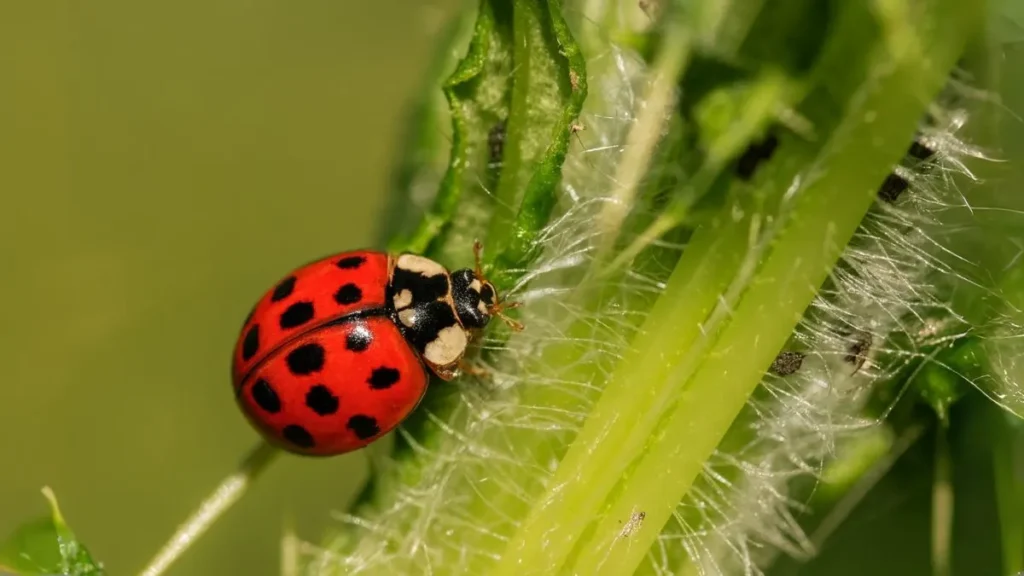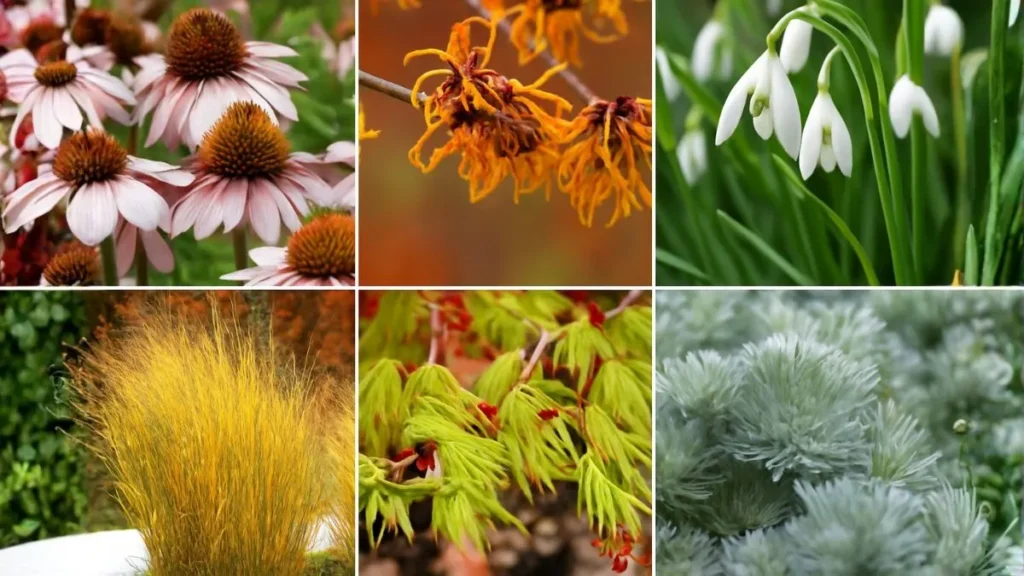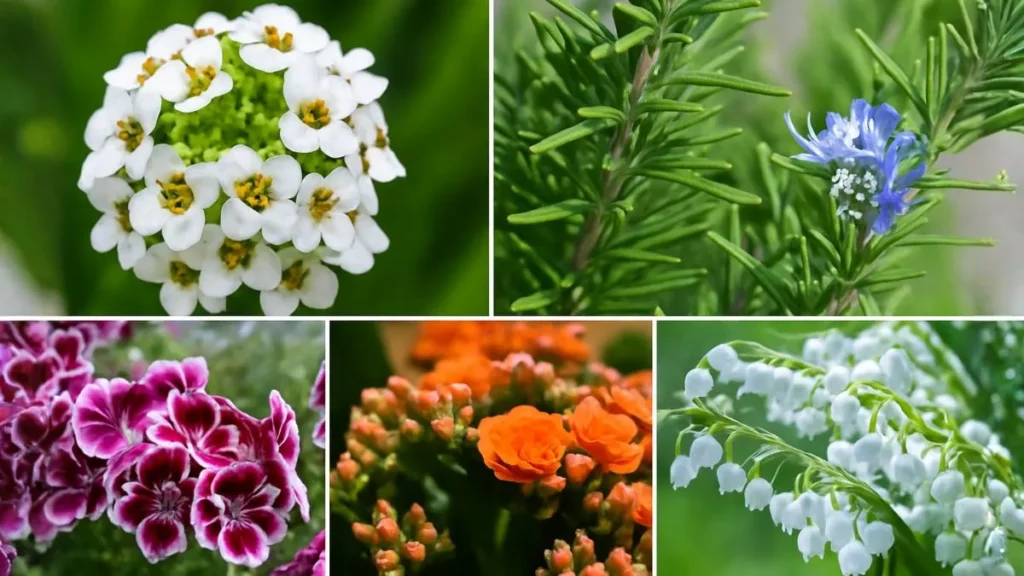The snake plant (Sansevieria), also known as mother-in-law’s tongue, is a household favorite because it’s almost indestructible. It thrives on neglect, survives in low light, and forgives irregular watering. But one thing most plant owners don’t know is that it can produce tall stalks of rare, highly fragrant flowers.
Here’s the catch—these blooms are not common. Many people keep snake plants for years without ever seeing one flower. So when it does happen, it’s a prized gardening moment. I still remember my first bloom—it caught me completely by surprise, and the scent filled my entire room at night.
Why Snake Plant Blooms Are Rare
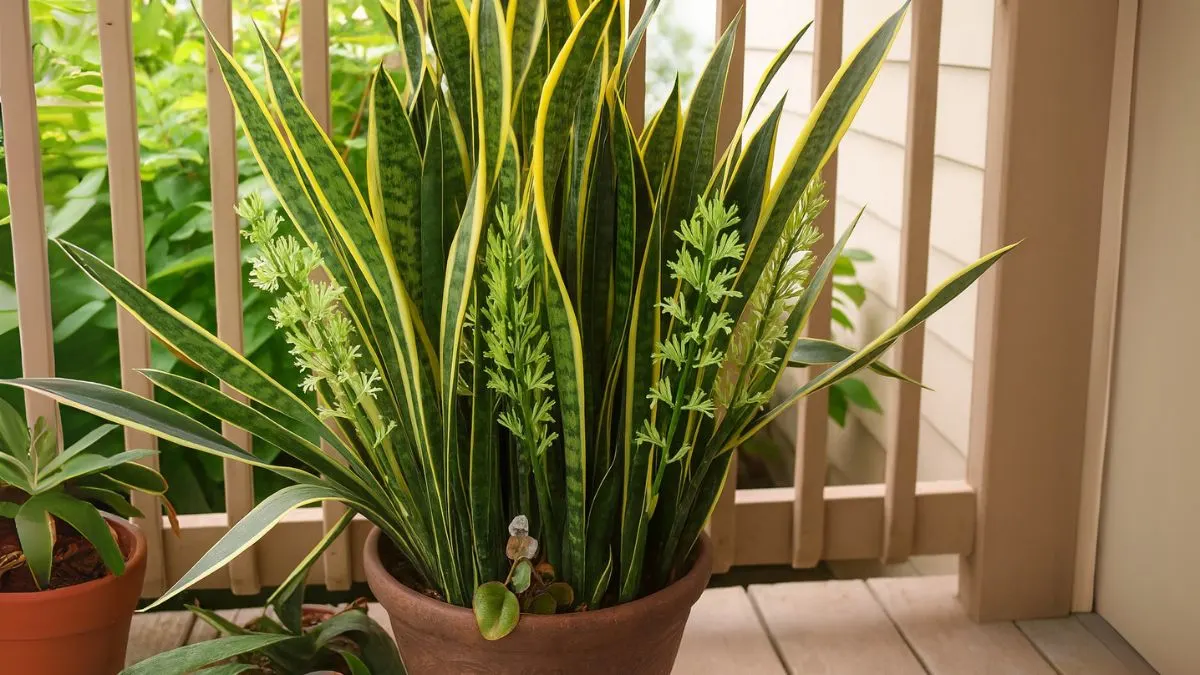
The biggest reason is age. Most snake plants need to be at least 3–5 years old to flower. Younger plants put all their energy into producing those sword-like leaves rather than reproductive stalks.
Another reason is stress. Unlike flowering plants that bloom annually, snake plants often bloom when they’re slightly root-bound or when growing conditions push them just outside their comfort zone. It’s almost as if the plant sends up blooms as a survival mechanism.
Conditions That Trigger Blooming
- Age Matters: Be patient. Don’t expect flowers from a juvenile plant. Wait until your snake plant has matured—most snake plants need to be at least 3–5 years old to flower before they produce stalks.
- Light Exposure: Light is a key trigger. While snake plants tolerate low light, blooming requires more energy. Try to leave it in a cool place under the morning sun where it gets gentle rays. East-facing windows are perfect because they provide bright but non-harsh light.
- Root-Bound Stress: One proven way to encourage blooms is to let the plant outgrow its pot. A slightly root-bound snake plant stops focusing on leaves and puts its energy into flowers instead.
- Watering Routine: Unlike other houseplants, snake plants store water in their leaves, making them highly drought-tolerant. Overwatering prevents blooms and risks root rot. Instead, allow the soil to dry out between waterings. The slight stress of infrequent watering often nudges the plant into flowering.
- Temperature: Cool nights can also help. A slight dip in temperature (similar to natural conditions) signals the plant to shift into bloom mode.
Also Read: Beginner‑Proof Lavender Propagation
Step-by-Step: How to Get a Snake Plant to Bloom!
- Wait for Maturity – Don’t rush; blooms usually appear only after a plant has matured for a few years.
- Pick the Right Spot – Bright indirect light plus some gentle morning sun is ideal. Leave it in a cool place under the morning sun for the best effect.
- Stress It a Bit – Don’t repot too often. Let it stay slightly root-bound.
- Water Sparingly – Since snake plants store water in their leaves, making them highly drought-tolerant, let the soil dry out between waterings.
- Use Fertilizer in Season – During spring and summer, apply a balanced fertilizer monthly to support bloom production.
- Mimic Natural Conditions – Cool night air and seasonal changes can increase flowering chances.
What Snake Plant Blooms Look and Smell Like
Snake plant flowers usually appear on long stalks that rise several feet above the leaves. They’re white or pale green, tubular, and cluster along the stalk. But the magic lies in their fragrance.
At night, the blooms release a sweet, perfume-like scent—often compared to jasmine or vanilla. The fragrance is strongest after sunset, filling your home with a calming aroma.
When mine bloomed for the first time, I couldn’t believe it. For years, I admired only its tough leaves. Then, one spring, two tall flower stalks emerged, transforming the plant into a showpiece.
Mistakes That Prevent Blooming
- Overwatering – Too much moisture prevents the stress that triggers flowering.
- Frequent Repotting – Giving extra room delays blooming. Let it stay snug in its pot.
- Too Little Light – Snake plants can survive in dim corners, but they won’t bloom there.
- Expecting Regular Blooms – Even under perfect care, flowers may appear unpredictably.
Also Read: Sunflowers: The Easiest Way to Supercharge Beauty, Wildlife, and Soil Health
Quick Blooming Guide
Factor |
Requirement |
Blooming Tip |
Plant Age |
3–5 years minimum |
Patience is key |
Light |
Bright indirect + morning sun |
Leave it in a cool place under the morning sun |
Soil |
Well-draining |
Avoid soggy conditions |
Watering |
Infrequent |
Snake plants store water in their leaves, making them highly drought-tolerant |
Pot Size |
Slightly root-bound |
Don’t repot often |
Why You Should Encourage Blooming
- Rare Beauty – Flowers are delicate and elegant, something most plant lovers never see.
- Fragrance – The sweet night-time perfume adds magic indoors.
- Proof of Thriving Health – A blooming snake plant shows you’ve provided just the right conditions.
- Bragging Rights – Let’s be honest, it’s a plant lover’s dream to say: “My snake plant bloomed!”
With these steps, you’ll create the right stress conditions that encourage flowering. And when your plant finally rewards you with tall stalks of fragrant white blossoms, you’ll know the wait was worth it.
👉 Try these tips today, and maybe one morning you’ll be greeted by the rare sight (and scent) of snake plant blooms in your own home.
